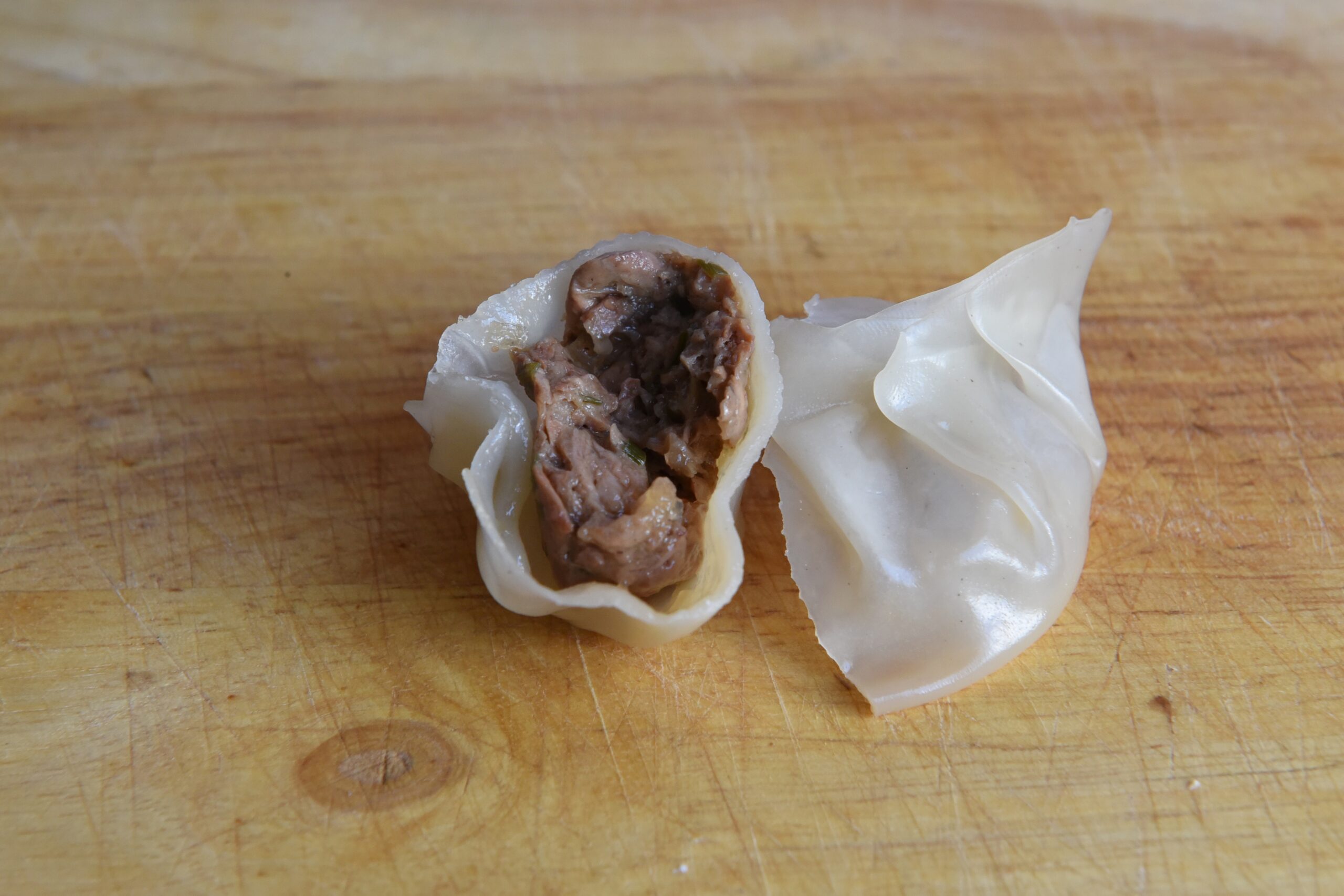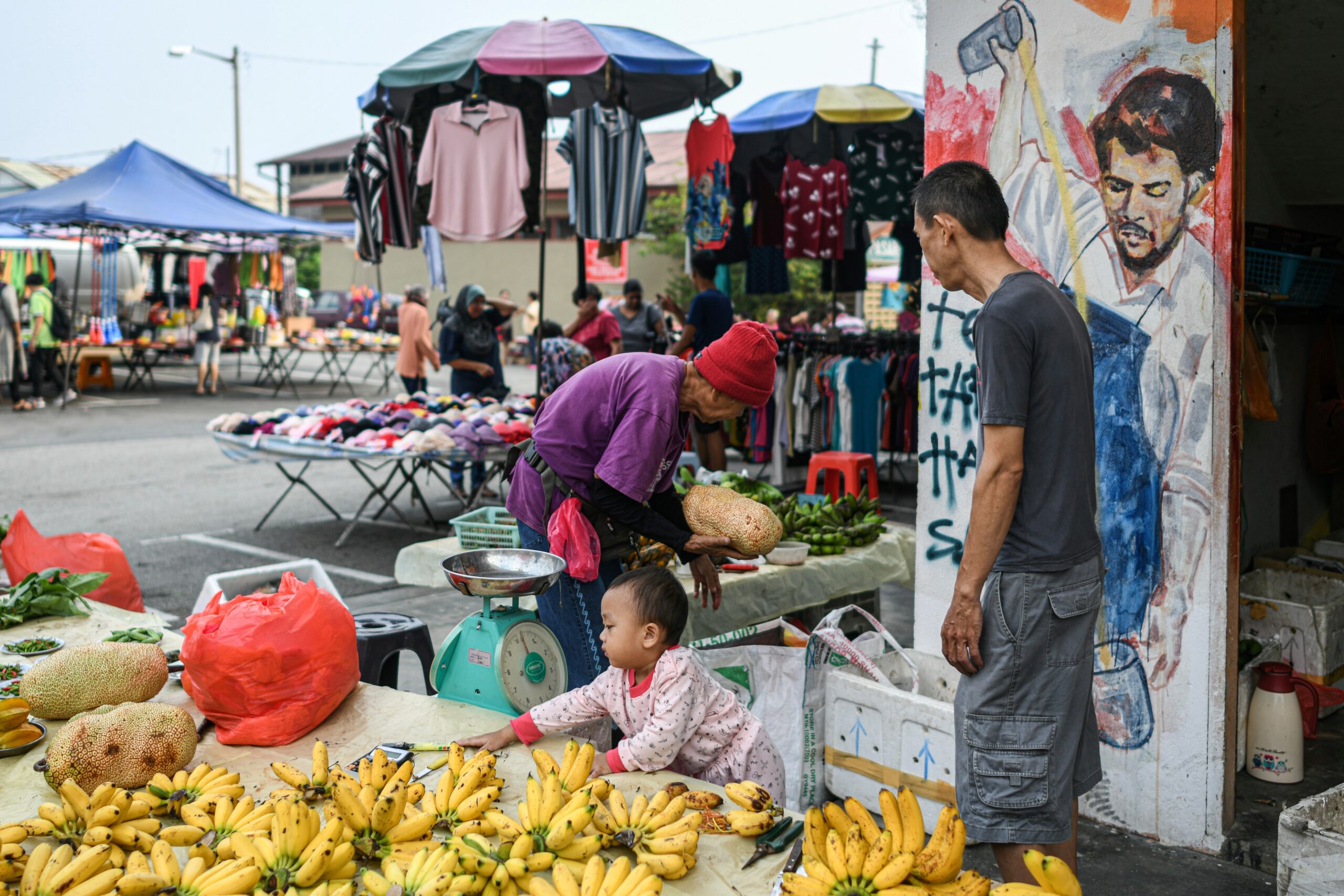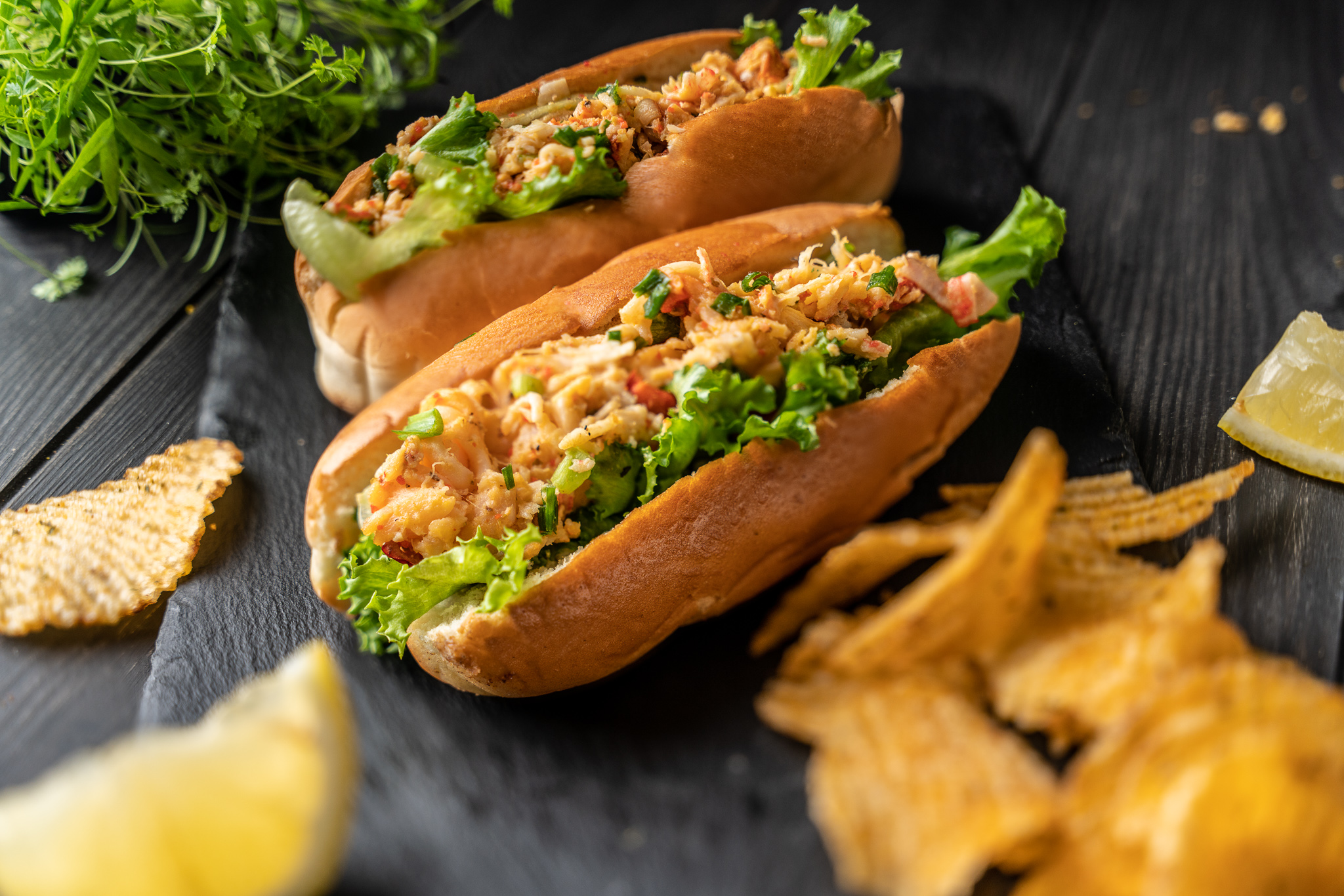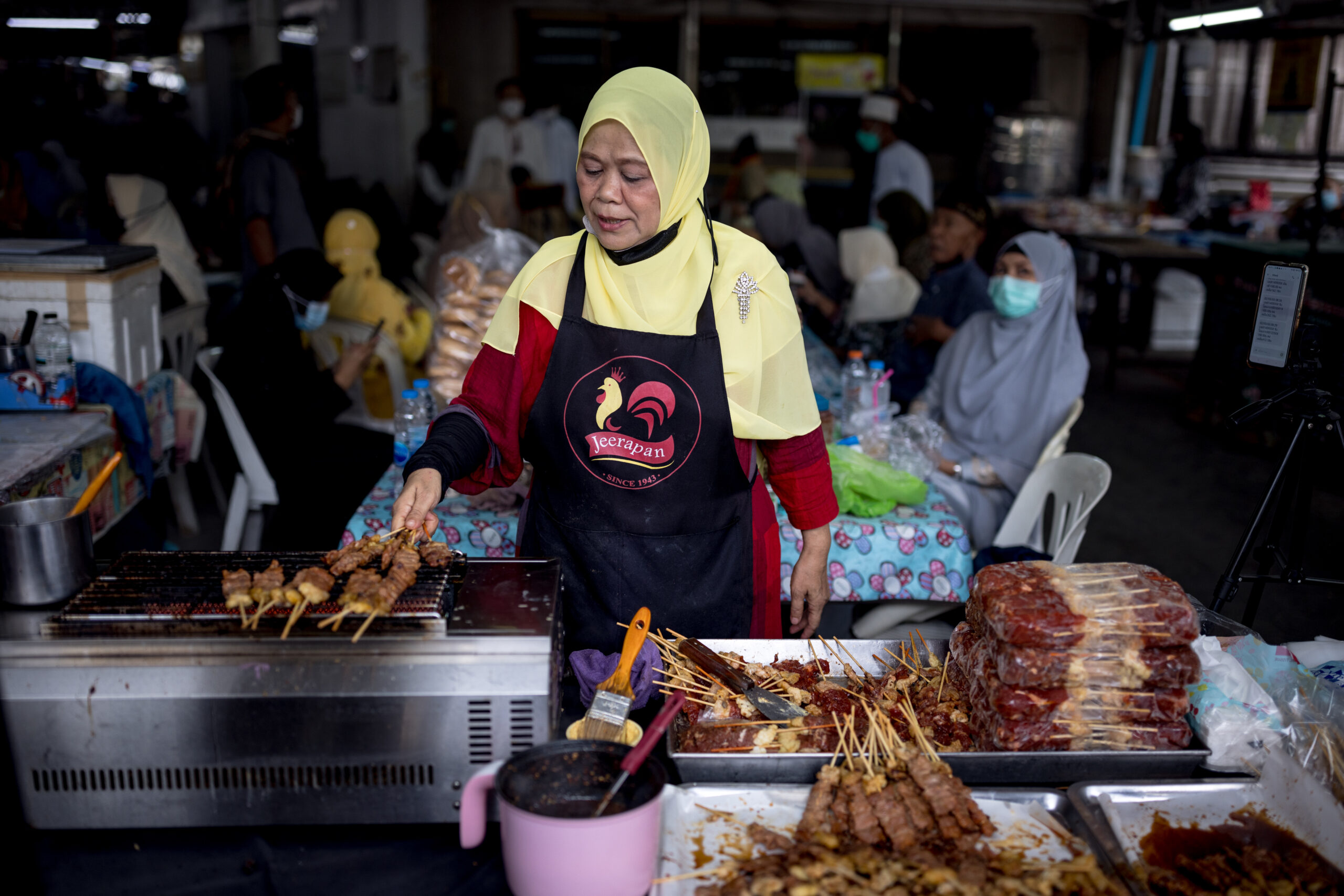Karana’s jackfruit mince and shreds used to taste like pork.
But now the Singapore-based food start-up’s “meats” have a more neutral flavour. That was a conscious decision following its 2020 launch, when the company reformulated and became halal-certified to increase its appeal across Southeast Asian markets.
The taste of protein is a billion dollar question for the food industry, as people increasingly think beyond meat. Multinational corporations as well as start-ups are investing in plant-based and lab-grown alternatives. Both meat alternatives are intended to replace animal meats, which account for some $1.14 trillion of the global food market.
At least for Karana, their new flavour profile makes their products more “flexible,” according to co-founder Dan Riegler. Rather than flavour, which could alienate consumers by resembling pork too closely, the chewy texture gives the jackfruit an element of meatiness.
Technologically, texture may be the most important, yet challenging, aspect to recreate. The goal is to mimic animal meat, including texture. Around the world, people prefer alternatives that taste most like the “real meat” they usually eat. But what exactly this means for Southeast Asia as a region is hard to say.

Consumption patterns vary over time and across groups, religious groups, in particular. If more Southeast Asians opt for plant-based alternatives to animal meats, it would impact not just bottom lines, but also national and international food security, public health, and the environment.
The stakes are high. As a basic staple, meats account for some $1.14 trillion of the global food market. Asia Pacific (APAC) represents over half of this market, and plant-based meat companies are vying for a piece.
According to The Good Food Institute, a leading organisation advocating for alternative meats, plant-based meat sales across APAC were estimated at $289 million in 2021, a 30% increase from the previous year. The organisation predicts this figure will rise with incomes and a growing interest in reducing meat consumption.
But consumption of animal and plant-based meats in Southeast Asia remains low relative to more developed countries. This suggests room for continued growth.
Between 1990 and 2020, pork consumption doubled in the Philippines and Thailand and quadrupled in Vietnam, according to the Organisation for Economic Co-operation and Development (OECD). Annual poultry consumption ticked upwards in all countries except Thailand. Although these trends could slow or reverse, population growth will likely lead to an increase in overall meat consumption even if individual consumption declines.
Plant-based proteins have also long been staples in the region, including tofu and tempeh, made from fermented soybeans, and seitan, a type of wheat gluten. But if novel plant-based alternative meats are to find a market in the region, their producers will need to reckon with a range of consumer needs.

Different cultures, different tastes
And when it comes to meat, even “fake meat,” religious diversity can mean different groups have different taste preferences, particuarly given food taboos regarding certain meats, like pork in Islam and beef for some Buddhists.
Members of different religious groups may all eat chicken, apart from the minority of strict vegetarians, as long as it’s halal. The market for halal meats like chicken is larger than others, because non-Muslims may eat halal yet not vice versa.
This also manifests even in taste preference.
For now, pork and chicken are the most popular meats available in Southeast Asia, depending in part on the size of the local Muslim population. Based on data from OECD, pork is the top meat consumed in Vietnam, the region’s highest pork consumer per capita, and Thailand, albeit at a rate two-thirds lower.
Pork comes in at a narrow second to chicken in the Philippines. Chicken also leads the market in Singapore, as well as Muslim-majority Indonesia and Malaysia.
But fish and seafood have been common protein sources throughout Southeast and East Asia as well.
This is perhaps one reason why companies like Hong Kong’s OmniFoods, with its plant-based Seafood Series, and Singapore’s Shiok Meats, are growing crab, lobster, and shrimp in their laboratories, have led global innovation in developing animal-free alternatives.
More than just taste

In the Southeast Asian context, protein is not simply meat, and alternatives must cater to local tastes for fish and seafood as well.
Yet these preferences are evolving, especially as young people migrate to cities or move abroad. A joint study by researchers in France, Indonesia, Malaysia, and the US found young urban adults in Indonesia and Malaysia are opting for more chicken, dairy and eggs over fish.
According to anthropologist Penny Van Esterik, the choices are also shaped by changing societal perceptions. Where non-fish protein sources might once have symbolised wealth, chicken is now a mainstream and generally accessible option.
But these changing and diverse tastes can’t be reduced to flavour alone. Taste is a multi-sensory experience that also depends on smell, colour and texture, often called “mouthfeel.”
Getting the different elements of taste right is a technological challenge for alternative meat companies. For now, the chewiness associated with conventional meat is notoriously difficult to reproduce. There has been more progress with “restructured” plant proteins that resemble mince and shreds. Whole muscle cuts, such as lab-grown steaks, remain the next frontier of innovation but are currently cost-prohibitive.
Above all, the success of taste technology requires knowing what exactly alternative meats should taste like. Assuming they should taste like meat, there are many possibilities.
At least in Southeast Asia, a region home to one-quarter of the world’s Muslims, the predominance of halal meats will remain. Companies interested in developing proteins for regional palettes must recognize this overriding factor behind taste preferences.

According to Johan Fischer, a professor of anthropology at Roskilde University in Denmark, halal certification is rapidly becoming the default in the region, to the extent that consumers suspect non-certified items to be haram (forbidden).
Multinational companies operating in the region cannot simply import strategies from elsewhere. Karana discovered the importance of local product testing through working with chefs in Singapore. The Indonesian brand, Green Rebel, has also expanded in the region on the strength of Asian-fusion recipes developed through Burgreens, its plant-based, quick-service restaurant chain.
California-based producers, Beyond Meat and Impossible Foods, have lagged behind these local players in terms of market penetration as they focus on mimicking just beef and pork. It’s also noteworthy that neither has obtained halal certification in the region.
Ultimately, it remains to be seen whether Southeast Asian consumers will accept any of these alternative meats on a large scale. But recipes for success will have to be made up of several key ingredients: chewy textures, symbolic tastes, and religious accommodations.


